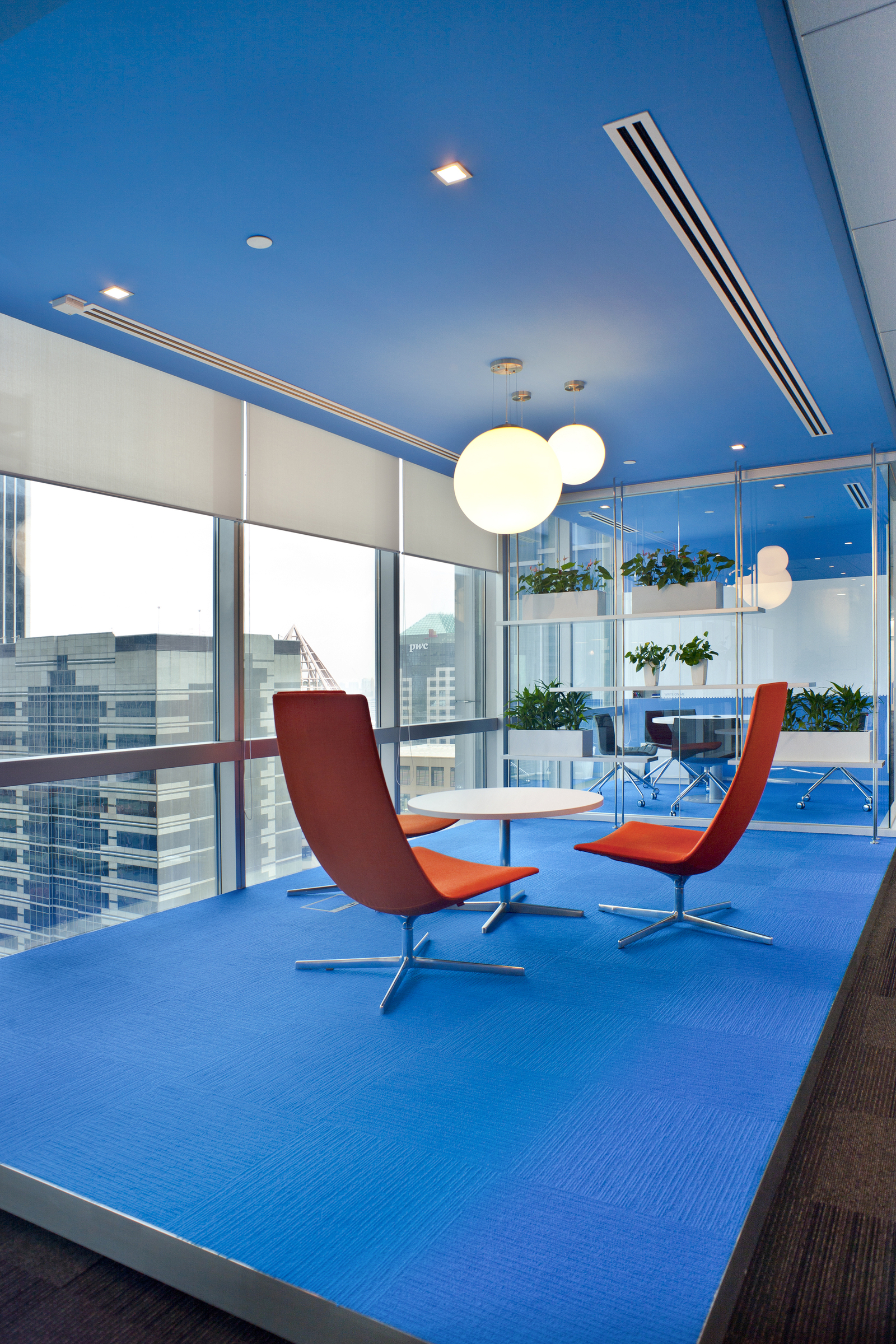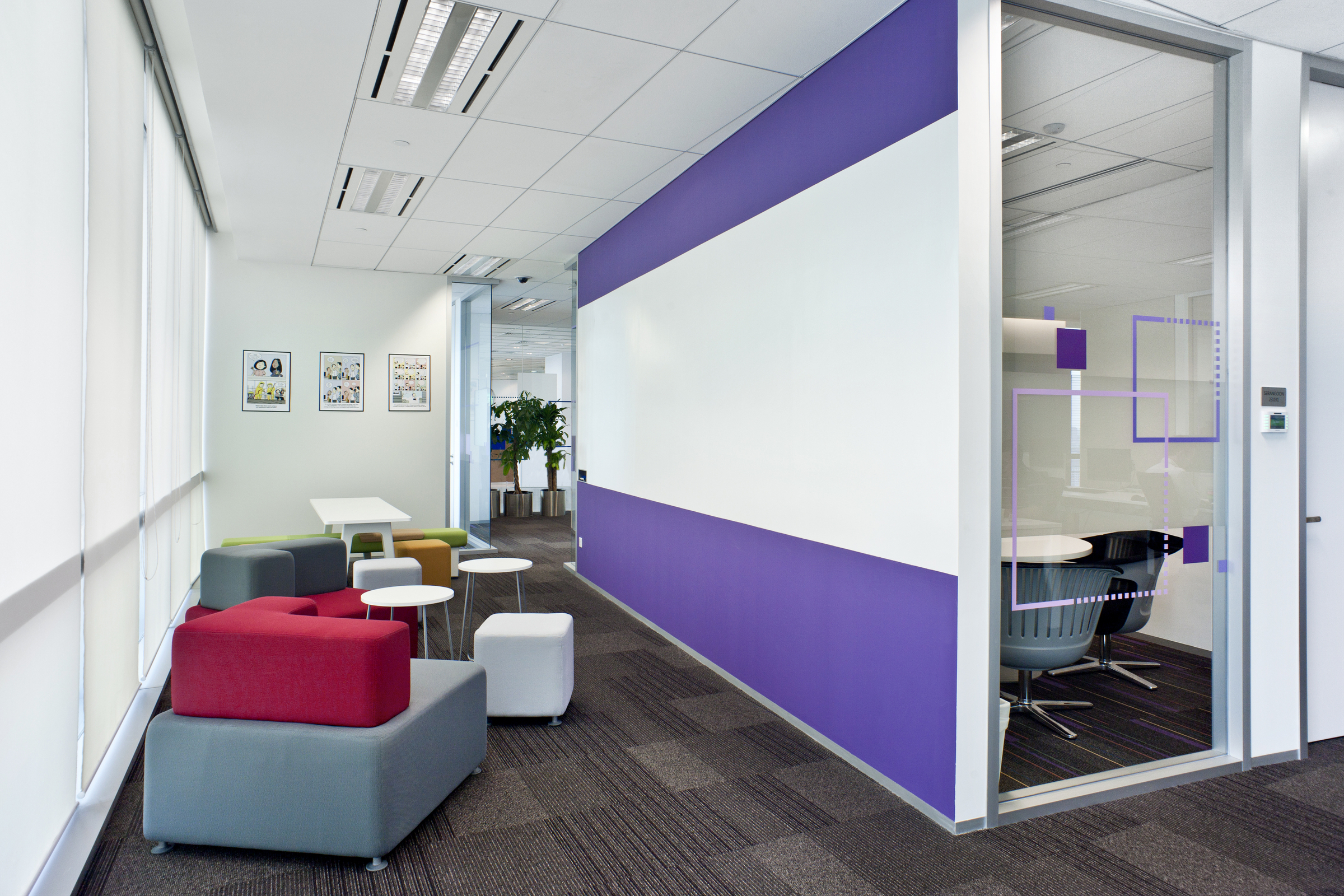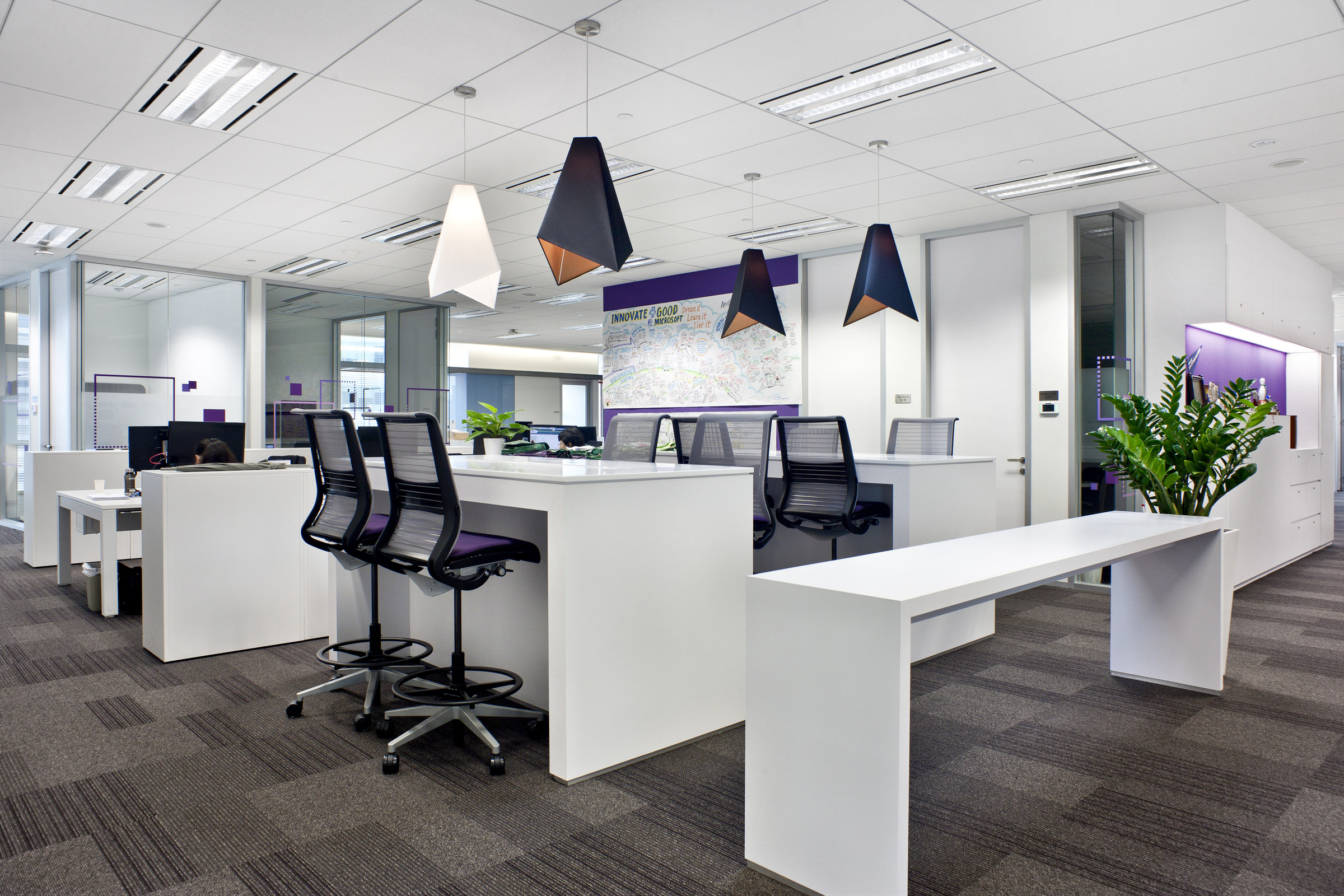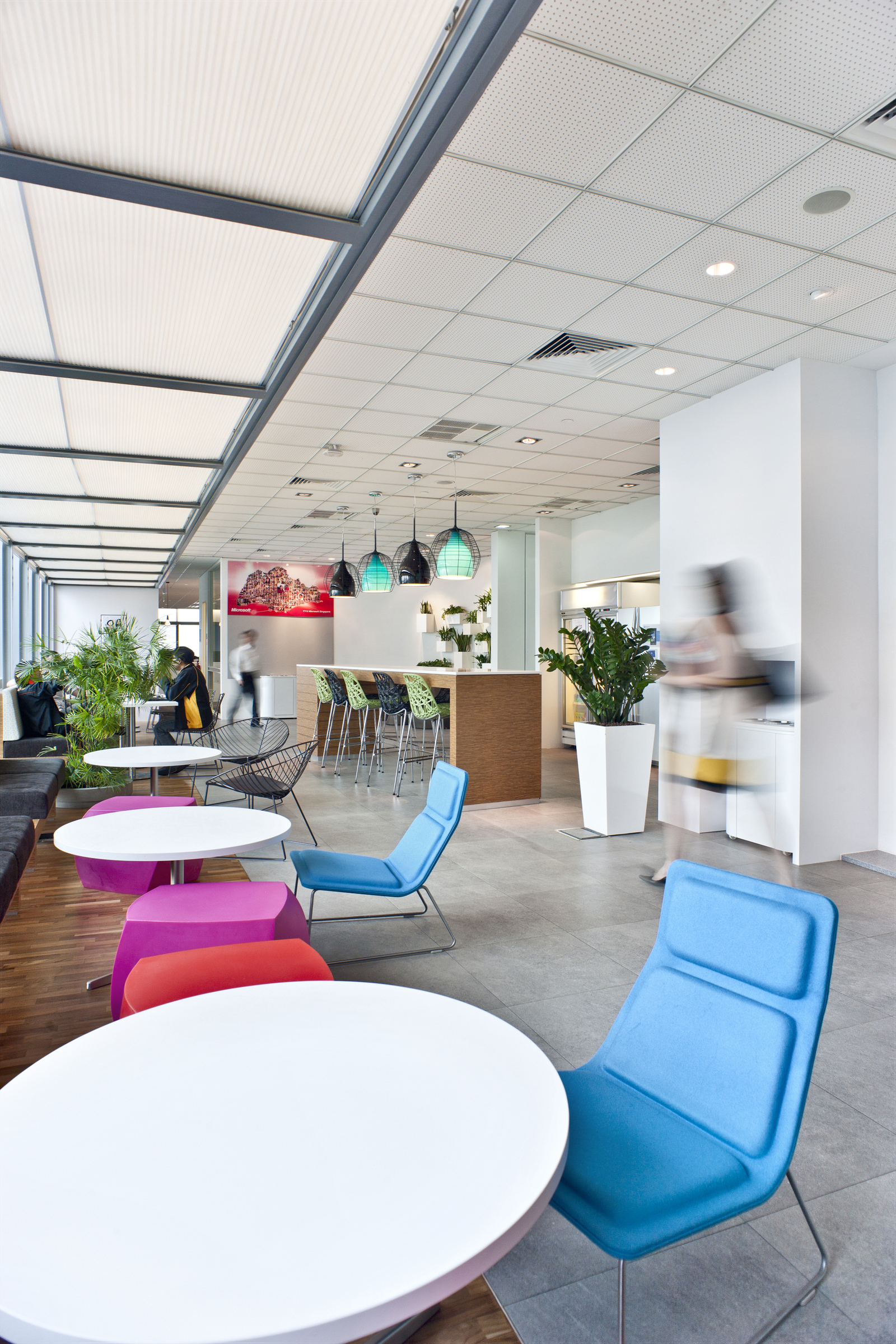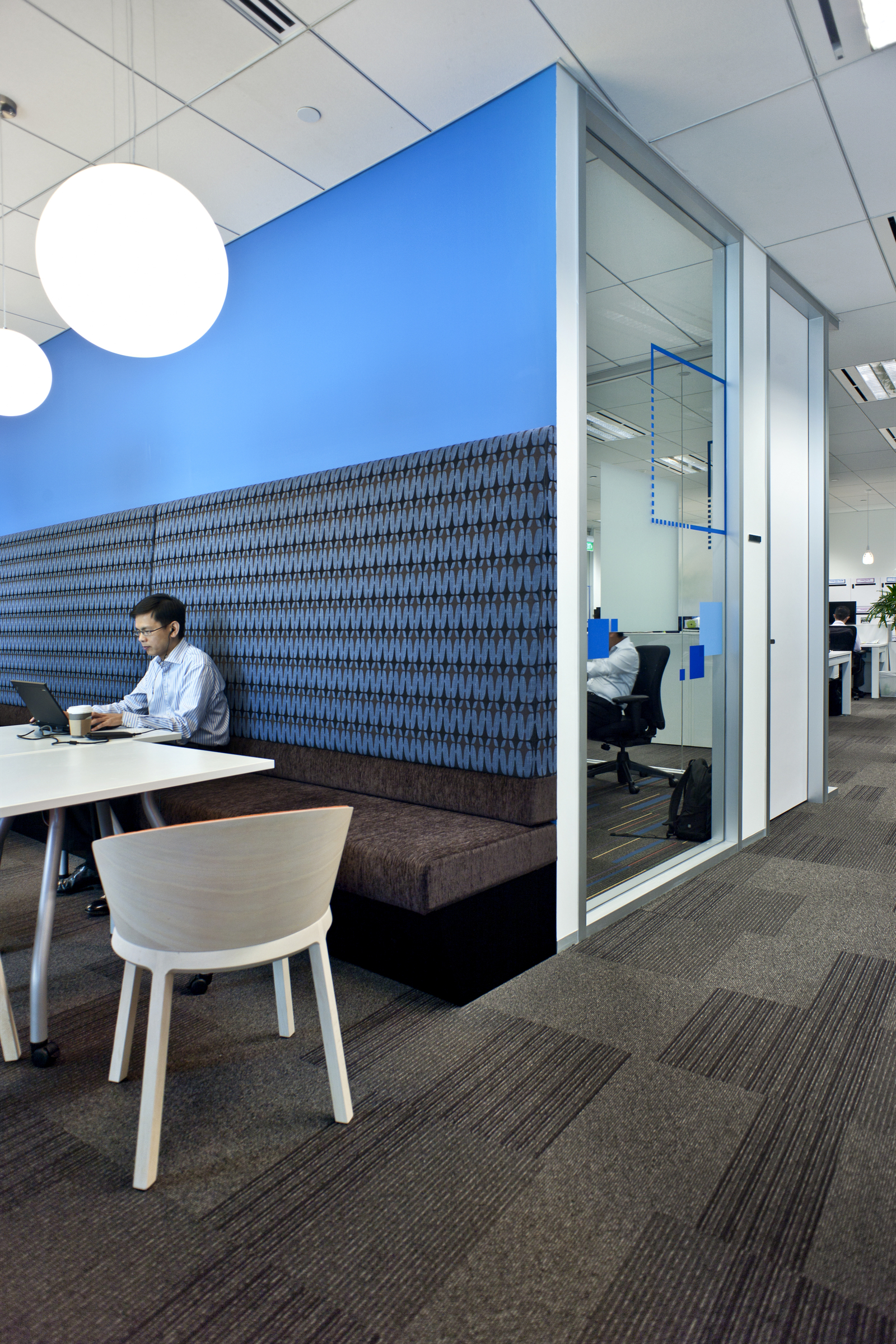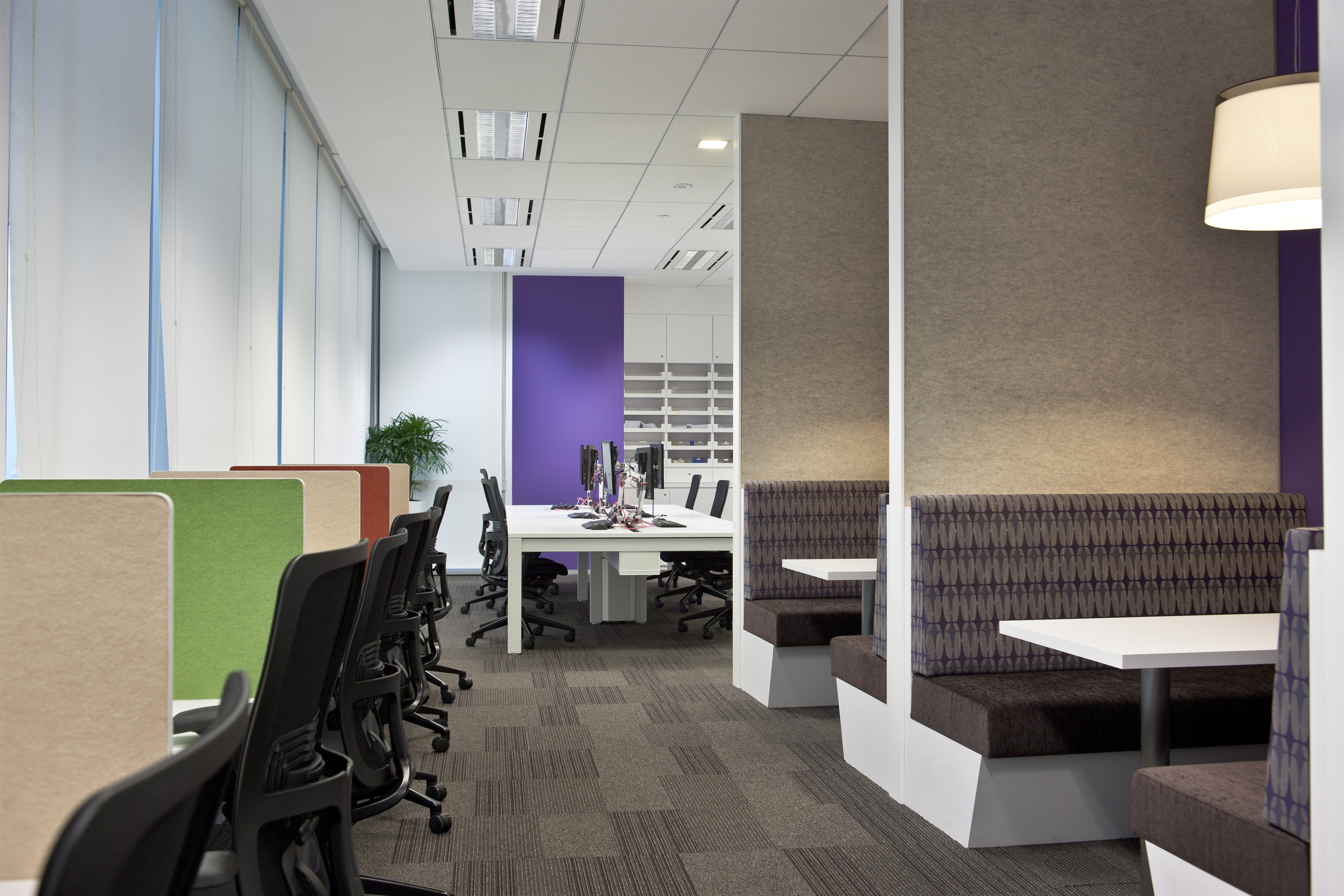By Lee Murphy, Senior Director, Human Resources, Microsoft Asia Pacific
What does Labour Day mean to you?
Is it just another public holiday? A day spent reflecting on your workplace environment? Or a moment to commemorate those who campaigned for better working conditions and employee welfare?
Whatever the case, Labour Day carries different connotations for each individual, but it is still an important moment for us to reflect on our work practices today.
For the uninitiated, Labour Day was a result of the Industrial Revolution in the late 19th century, where trade unions and labour movements championed 8-hour work days. While workers found increased opportunities for work in mills and factories powered by automation and machinery, many were under strict working conditions and pulling in long hours to keep up with the pace set by the machines. For many, this meant working 10 to 16 hours a day, six days a week.
Welsh social reformer Robert Owen then developed the concept of the eight-hour day and coined the slogan “Eight hours’ labour, Eight hours’ recreation, Eight hours’ rest” – a cause which resonated with many working class individuals. This proclamation was without consent of employers, yet demanded by many. It also formed the basis of Labour Day, which is also known as May Day in many countries, where labour movements across the globe still continue to champion for betterment of workplace environments today.
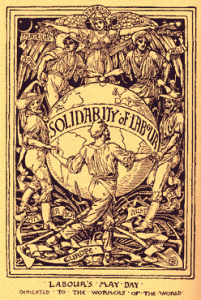
The New Industrial Revolution Enabled by Technology
In many respects, today is no different from the late 1800s. While mechanization led to the first Industrial Revolution, technology has evolved so rapidly that we are now in the age of Industrie 4.0, which promotes the computerization of manufacturing.
Cloud and mobility are now the new norm in organizations, while newer technologies such as big data, advanced analytics, and IoT are driving disruption among organizations. Business leaders are now forced to evaluate and embrace digital transformation as a strategy to empower working professionals, as well as transform their talents, skills and productivity levels.
This also means that the maturation of new technologies has made it possible for workers to be productive anytime, anywhere. Smaller form factors, enhanced mobile connectivity and cloud-based productivity tools mean that workers no longer need to be desk bound to get work done.
This holds true for me as I do find myself dropping into conference calls with my colleagues while on-the-go, or getting presentations up and running in between spending time with my kids/family. In a digitized, perpetually connected world, we all seem to be in the grips of an unshakeable, always-on mentality. In fact, it makes me, and many of my peers wonder: Is Owen’s eight-hour day concept still relevant in today’s day and age?
Eight-hour workdays, or work-life integration?
The eight-hour day concept was instrumental in driving a new world order when it was first mooted. Increasing globalisation, technology proliferation and a connected workforce however have given rise to a new era of work which Microsoft dubs the New World of Work.
In a recent Microsoft survey with 5,000 employees across 13 markets in Asia, we found that:
- 8 in 10 working professionals are expected to be contactable outside of work
- 7 in 10 working professionals are expected to respond to colleagues and team mates in less than four hours
- 7 in 10 working professionals spend at least one day in a five-day work week working outside the office, be it at home, with customers or in a public place
- 1 in 2 of devices used for work today are employee-owned laptops, tablets or smartphones as opposed to employer owned devices
The survey highlights that what is demanded of working professionals has changed as a result, how people work has also evolved. Working professionals are now working at various times throughout the day and week, are expected to be more responsive and are also increasingly moving away from being deskbound to working from anywhere and on any device.
My conclusion is, the eight-hour day concept or a 9 to 5 job is less relevant in many businesses today. We need to promote work policies which adapt to current living needs, where the lines between work and life are indeed blurred. New technologies are enablers and empower the workforce of the future.
Championing the New World of Work
Here at Microsoft we believe in embracing the new ways in which people are working and empowering them to take control in the New World of Work. Our people are shedding the 9 to 5 mentality and gearing towards adopting work-life integration that they find more rewarding.
To do this successfully, we focus on three principles that facilitate success in a new era of work: People, Place and Technology.
For us, “People,” is about making sure our staff have the ability to work productively in a modern work place. Our business leaders give them the support they need and lay the groundwork for a culture that promotes dynamic working environments. This is supported by policies that enable flexi-work styles for anyone who needs it, and we do mean anyone.
In terms of, “Place,” our employees are no longer deskbound and can work anywhere at any time. Our offices are designed to support a collaborative working environment, for example in Singapore we have incorporated wide open spaces, hot-desking and collaboration areas with informal settings. Employees at all levels, including senior management, have no designated desks. Employees are encouraged to break down the walls between departments, work across teams, spend time with people of all levels while also minimising storage and paper use.
The last piece, and something we do exceptionally well is, “Technology.” Our professionals are enabled by our cloud-based tools such as Office 365 which let them collaborate and communicate across teams, regardless of where they are and what devices they are using. I see this working especially well with staff who have families – they are able to spend precious moments with family at home, while also being able to dial into work, integrating work with personal life. This level of flexibility is complemented by strong policies and IT to ensure employees are accessing and exchanging important information securely.
Our mandate as business leaders should be to empower our workforce to have more meaningful professional and personal lives. Fixed hours, fixed hierarchies and old technology tools should be discarded to empower our employees to enhance their productivity.
This Labour Day, as we continue to strive for progress and improved productivity gains, we must remain mindful of the fact that work is not a place we go to, it is a thing we do. And it is about time we made doing it easier.
This article was first published on The Business Times, 30 April 2016.



